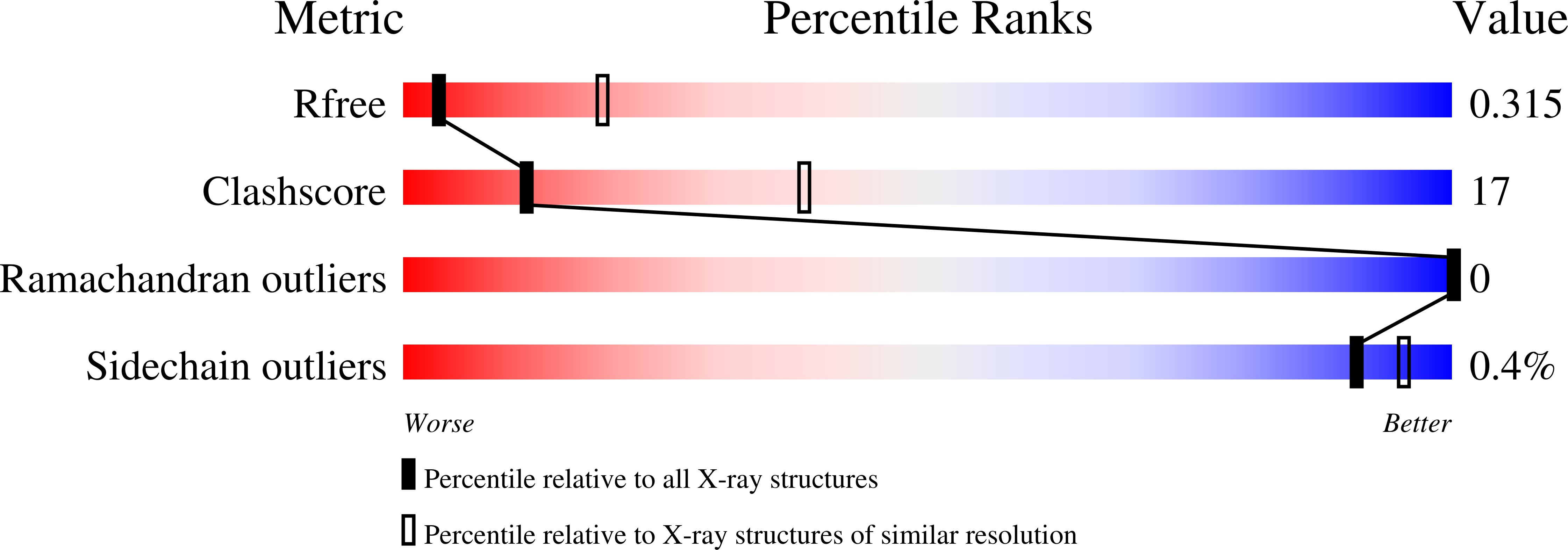
Deposition Date
2020-11-10
Release Date
2020-12-09
Last Version Date
2024-11-06
Entry Detail
PDB ID:
7KP4
Keywords:
Title:
Crystal structure of human claudin-4 in complex with Clostridium perfringens enterotoxin C-terminal domain
Biological Source:
Source Organism:
Homo sapiens (Taxon ID: 9606)
Clostridium perfringens (Taxon ID: 1502)
Clostridium perfringens (Taxon ID: 1502)
Host Organism:
Method Details:
Experimental Method:
Resolution:
3.37 Å
R-Value Free:
0.29
R-Value Work:
0.29
R-Value Observed:
0.29
Space Group:
P 21 21 21


